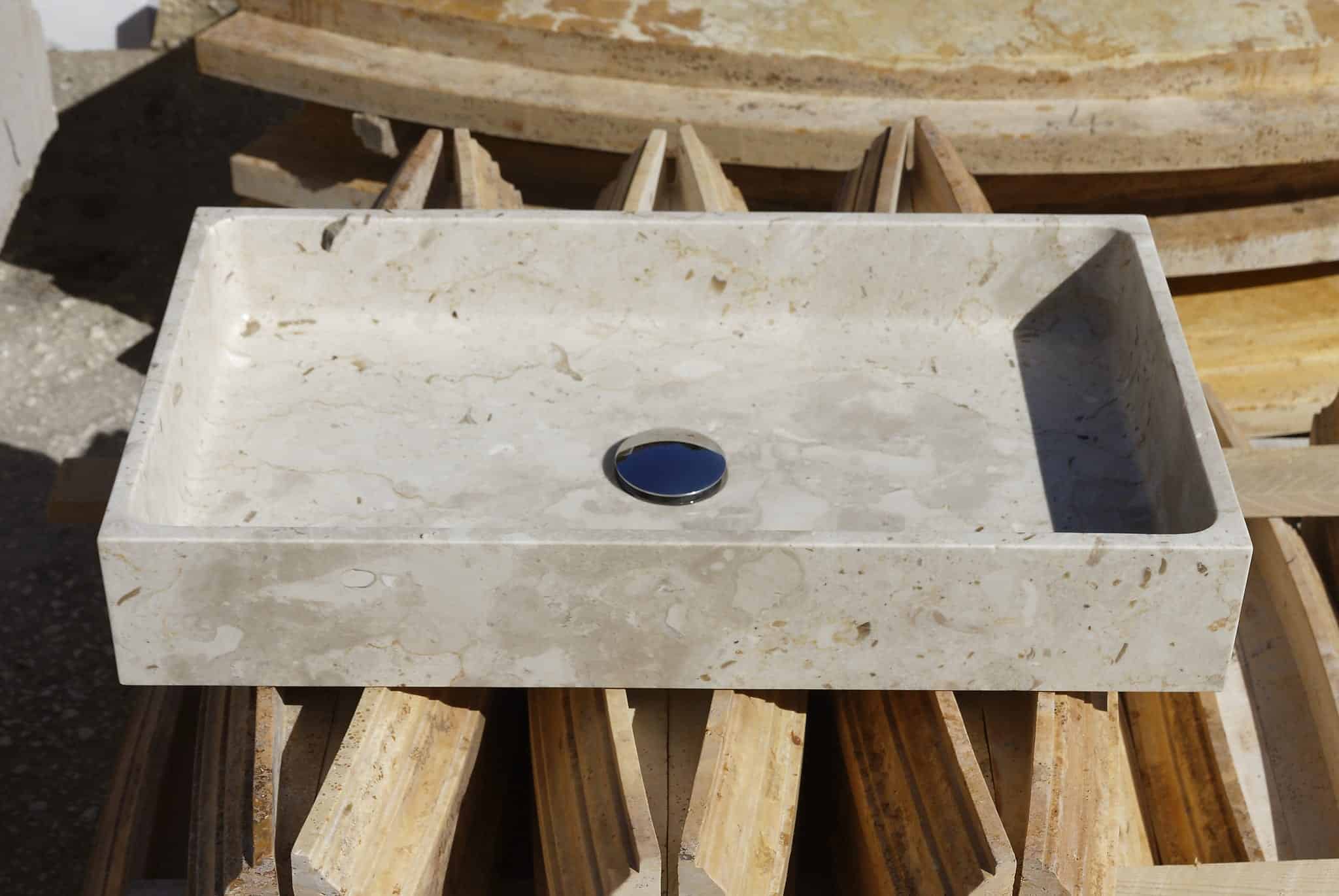Sicilian pearl
The most widely used marble in the world after Carrara marble
Popular does not mean shoddy
abundance of quarries, there are more than 20, make Sicilian pearlstone one of the most popular stones in the world, widely used in public works all over the world, as much for its affordability as for its high qualities of resistance to wear and tear from trampling and weathering. Sicilian pearl stone is most widespread and used in Middle Eastern countries.
A new life
Cut-throat competition has led over the years to depreciate its value more and more and, also abetted by a commercial inability on the part of many quarrymen, to put second-rate material on the market, ruining its reputation among architects and designers.
We at CusenzaMarmi have been trying for the past few years to select the best material from the many quarries available and to offer it in a new guise by showing its infinite potential and realizable possibilities.

The characteristics of Perlato di Sicilia make it an excellent product in terms of quality and aesthetics. The perfect decorative material for urban and interior furnishings, Sicilian Pearly can be used for flooring, wall tiles, interior and exterior.
Technical characteristics of Sicilian Pearly:
Composition: 97% CaCO3 with trace amounts of Fe, P, Al and Mn oxides
Imbibition coefficient = 0.90
Indirect tensile strength by bending = 139 kg/cm2
Impact strength = 29 cm
Coefficient of linear thermal expansion = 0.0043
Wear due to sliding friction = 0.57
Specific gravity = 2687 kg/mc
Modulus of normal elasticity = 705,000 kg/cmq
Simple compressive failure load after gelation = 2088 kg/cmq
Simple compressive failure load = 2002 kg/cmq
The quarries from which Perlato di Sicilia is extracted are concentrated in the Custonaci area of western Sicily. It is named for the splendid appearance of this marble. Mainly composed of fossiliferous limestone, it has a light ivory arabesque-brown color with a range of more or less dark shades and characteristic patches of pure calcite that recall the wonderful nacreous appearance of the inside of shells. The brownish-yellow veins are an effect of the concentration of clay minerals and iron oxides, while the brown speckles are due to the presence of microfossils that, imprisoned in the marble, make it incredibly elegant and valuable.
Circular fountain in pearl of Sicily
Palazzo d'Orleans
Palermo



